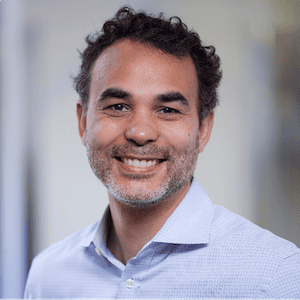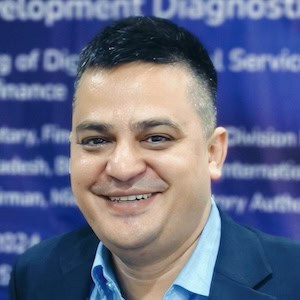-
Why the Crusade Against Cash Isn’t Clearly ‘Pro-Poor’ – UPDATED
Many assume that getting rid of cash in the name of financial inclusion would unequivocally be a good thing for the poor. Phil Mader says it's too early to say – and that cash might have insufficiently recognized advantages, including being free to use, anonymous and under public stewardship. And besides, he argues, if the mission is poverty alleviation, it’s not money’s physical form, but how it's distributed, that matters.
- Categories
- Technology
-
Yes, Microcredit Requires Subsidies … and That’s Great News
Recent research should finally put to rest the assertions that affordable microcredit aimed at poor households does not require subsidy: Serving poor customers well is always going to be expensive. On the plus side, the subsidies are quite small and, according to Timothy Ogden, those who perceive this as anything other than great news bought into the inflated expectations around microcredit.
- Categories
- Uncategorized
-
New Products, New Markets – New Risks? Microfinance Shifts its Gaze to Housing
$2.3 trillion: That's what low-income households are predicted to spend on urban housing by 2025. So it's no surprise that many microfinance providers view housing lending as their next big opportunity for both profit and social impact. But this new focus brings plenty of challenges – and more than a few risks. We explore the implications of this development – a key topic of discussion at the recent European Microfinance Week.
- Categories
- Investing, Social Enterprise
-
Hobbyist Makers vs. Global Manufacturers: Is 3D Printing Really the Solution to the Prosthetics Gap?
Be they startups or tinkerers, 3D printing innovators are trying to fill in the gaps in traditional health care, particularly in resource-constricted countries where prosthetic devices are scarce. For those who struggle through life without a limb, 3D printing offers hope. But are hobbyist makers and their 3D printers really the stopgap the limb-loss community needs? Certified prosthetist Jason Bender wades into the debate.
- Categories
- Health Care, Technology
-
Supplemental Safety Net: An Innovative Model Paves the Way for Inclusive Insurance in China
Hundreds of millions of people in China still remain outside the formal financial system, and insurance is one of their biggest unmet needs. Yet the country's insurance industry tends to focus on more affluent customers, and its public safety net isn't adequate for lower-income people's needs. YiBao, an insurance research, development and marketing consultancy, takes an innovative (and award-winning) approach to making the commercial insurance market work for the country’s low- and moderate-income households.
- Categories
- Health Care
-
Are ‘Convenience Fees’ Halting the Adoption of Digital Finance?
Policymakers, financial firms and tech companies are pushing India full-steam toward a "less-cash" society. But digital finance could be hamstrung by a low-tech anachronism: transaction fees. IFMR LEAD recently teamed up with J.P. Morgan on a pilot program involving lower-income urban and rural households in Pune, Maharashtra. The research explored just how willing customers are to pay for digital transactions, such as withdrawals and money transfers, when presented with a menu of fee options.
- Categories
- Finance
-
Beyond the Bubble: What’s Cool, Potentially Cool, And Clearly Not Cool About Bitcoin in Financial Inclusion?
Bitcoin owners are laughing all the way to the (virtual) bank: The cryptocurrency’s value has gone up over 2,000 percent in the past year. But along with concerns about a likely "market correction," this has raised some pressing questions about its value as a tool for financial inclusion. Ignacio Mas explores Bitcoin's potential on that front, offering four points to consider.
- Categories
- Finance, Investing, Technology
-
Hope is the Face of Financial Inclusion: See the winners of CGAP’s 2017 photo contest
A picture tells a thousand words and CGAP's 2017 photo contest yielded more than 3,000 entries from photographers in 76 countries, each telling a personal story of resilience. This year CGAP put out the call for images illustrating the economic lives of poor people and the impact that financial services can have. Explore the winners and discover the powerful stories behind them.
- Categories
- Agriculture, Energy, Environment, Finance, Technology










